Part of the robotics software I create involves the creation of a world built from sensor data (from cameras, lidar, whatever) as in:

(Not a screenshot of what I make)
This world is built up and then we apply planning routines to allow a mobile robot to navigate through the environment.
Currently we have a small world (50x50 meters, for example) and we only have information for the system in that 50x50meter world. I've been tasked with breaking up that world into smaller cells and allowing for an undefined number of these cells to exist. This would allow us to keep information outside our immediate area without drastically increasing the amount of memory or processing we need.
This is a solved problem in games and I'm wondering, does anyone have any resources out there for how it's typically done?

(Not a screenshot of what I make)
This world is built up and then we apply planning routines to allow a mobile robot to navigate through the environment.
Currently we have a small world (50x50 meters, for example) and we only have information for the system in that 50x50meter world. I've been tasked with breaking up that world into smaller cells and allowing for an undefined number of these cells to exist. This would allow us to keep information outside our immediate area without drastically increasing the amount of memory or processing we need.
This is a solved problem in games and I'm wondering, does anyone have any resources out there for how it's typically done?









